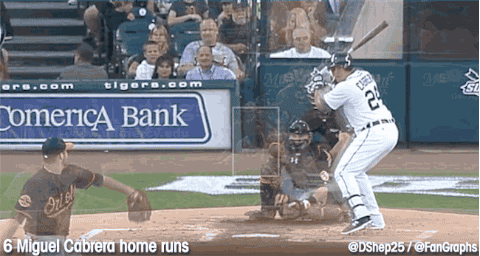Great hitters in softball MAY see two good pitches to hit, per at bat. The pitchers know the great hitters.
If one of those good pitches are the first one, the great hitter MUST hit it deep.
PLUS we do not play in a vacuum. The great pitchers know the great hitters, and will always pitch a strike until that hitter makes them pay. Why not, for a pitchers goal is to get ahead in the count.
The great hitter MUST make this great pitcher PAY for a first pitch strike. Once this is done, the pitcher will throw off the plate first the next at bat, and the hitter controls the sequence of the at bat.
If one of those good pitches are the first one, the great hitter MUST hit it deep.
PLUS we do not play in a vacuum. The great pitchers know the great hitters, and will always pitch a strike until that hitter makes them pay. Why not, for a pitchers goal is to get ahead in the count.
The great hitter MUST make this great pitcher PAY for a first pitch strike. Once this is done, the pitcher will throw off the plate first the next at bat, and the hitter controls the sequence of the at bat.








